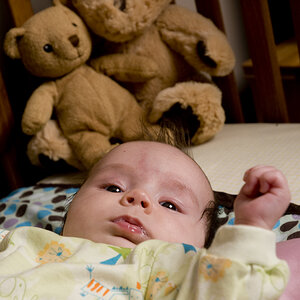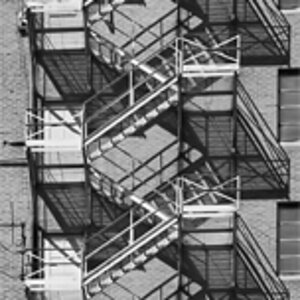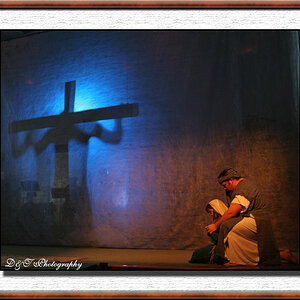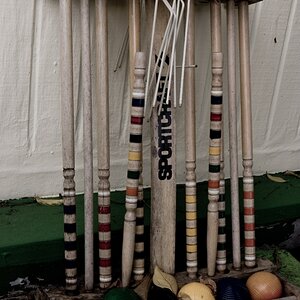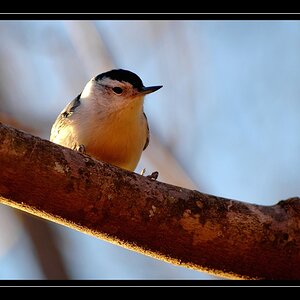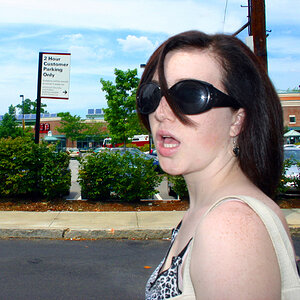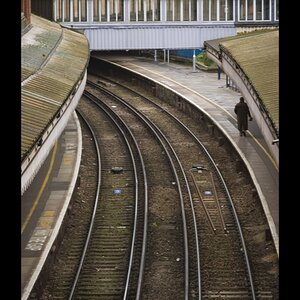Ipanema
TPF Noob!
- Joined
- Nov 5, 2013
- Messages
- 2
- Reaction score
- 0
- Location
- Sydney
- Can others edit my Photos
- Photos NOT OK to edit
Hi all
I was hoping to get some gear advice in regards to a basic studio set up. In particular LIGHTING
I'm a graphic designer and relatively amateurish photographer but my job is about to branch out into product photography for musical instruments. I'm unsure of what to get in terms of lighting for the best results.
Some details:
Studio is about 3m sq in space
Budget: approx $ AUD 2,500 (will be getting as much second-hand as possible)
Gear: Olympus OM-D E-M5, Canon 7d, various lenses between them
Style of photography: Similar to the photos on white in this sliderhttp://www.aristidesinstruments.com/homepage.html though we also have guitar cases and such with leather textures and velvet interiors that need to be featured
Post production: only thing i'm not worried about but would love to spend as little time as possible editing
Any help/suggestions would be amazing. Thanks
I was hoping to get some gear advice in regards to a basic studio set up. In particular LIGHTING
I'm a graphic designer and relatively amateurish photographer but my job is about to branch out into product photography for musical instruments. I'm unsure of what to get in terms of lighting for the best results.
Some details:
Studio is about 3m sq in space
Budget: approx $ AUD 2,500 (will be getting as much second-hand as possible)
Gear: Olympus OM-D E-M5, Canon 7d, various lenses between them
Style of photography: Similar to the photos on white in this sliderhttp://www.aristidesinstruments.com/homepage.html though we also have guitar cases and such with leather textures and velvet interiors that need to be featured
Post production: only thing i'm not worried about but would love to spend as little time as possible editing
Any help/suggestions would be amazing. Thanks



![[No title]](/data/xfmg/thumbnail/31/31978-02cde49248ebdf1b82fba5c899e08378.jpg?1619735136)
![[No title]](/data/xfmg/thumbnail/31/31980-e5048a424621c7b3cd0d306d63c09d67.jpg?1619735137)
